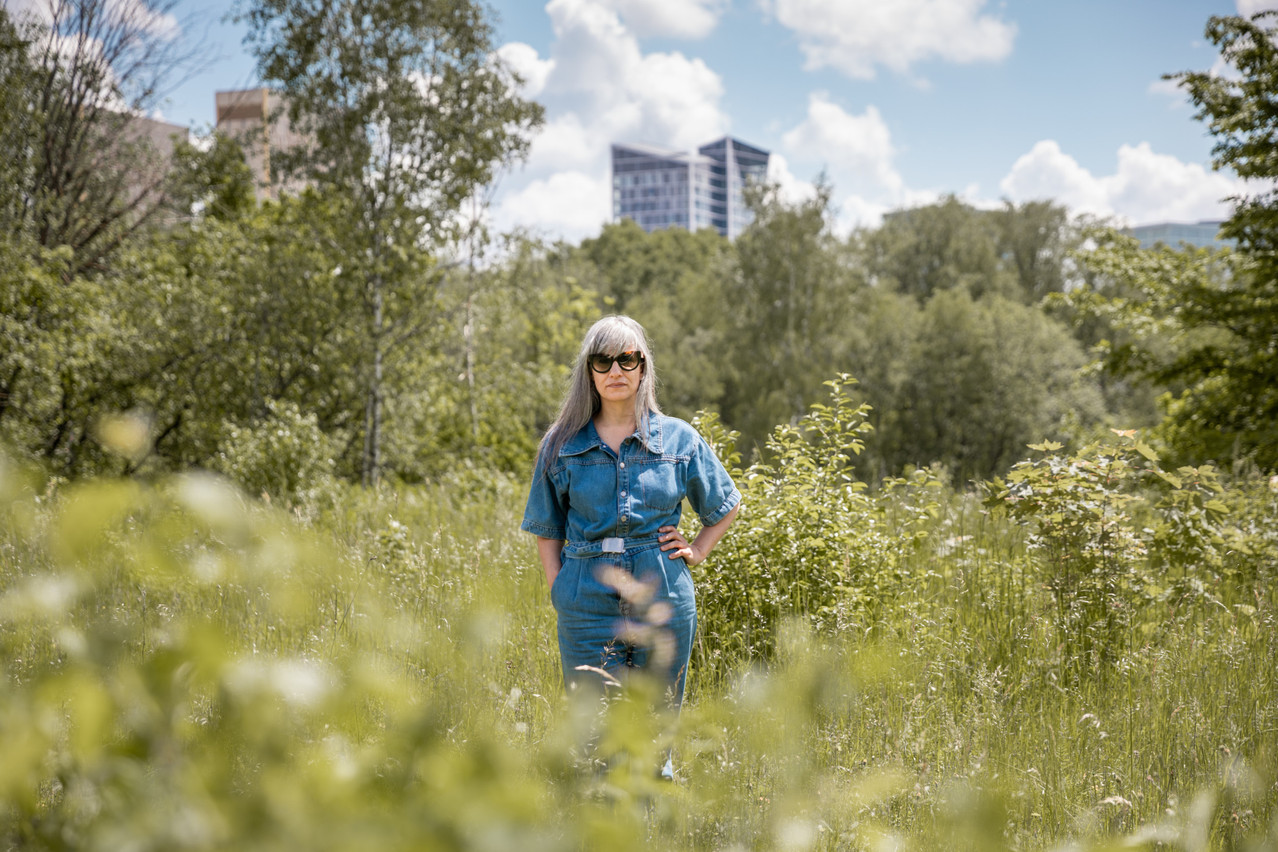Céline Coubray: The theme of the 17th International Architecture Exhibition in Venice is “How will we live together?” How did you claim ownership of this question for the Luxembourg exhibition?
Sara Noel Costa de Araujo: We proposed, with Andrea Rumpf, director of Luca, an exhibition for the Luxembourg pavilion which would form the last part of the trilogy started with the exhibition Futura Bold? Post-City: Considering the Luxembourg case, by Philippe Nathan, Yi-der Chou and Radim Louda in 2012, followed by The Architecture of Common Ground, in collaboration with the master in architecture [programme] at the University of Luxembourg in 2018, and for which we had already exhibited the Gesamtcollage project. For the last part, presented in 2021, we wanted to continue the research carried out around the question of the ground in Luxembourg, but by focusing on the human dimension of this subject, and more particularly the question of housing in this territory. What might seem, at first glance, a very general question has taken on a whole new dimension and meaning after the lockdowns that we have experienced and that we are currently experiencing.
How did you manage to make this subject resonate with your own research and architectural practice?
For several years, at Studio SNCDA, which I founded and which I manage, we’ve been approaching the landscape by modifying the existing as little as possible, embracing both the subject of the landscape and the city. This is an approach that we had developed for a garden project attached to the Möllerei, in Belval, as part of Esch2022, but which ultimately did not materialise. Our proposal was to create a new outdoor space dialoguing with the existing vegetation, bringing only structures or temporarily added furniture, which could be removed to regain the wild state of the site. It is, in fact, a project which mixes architecture, scenography and the third landscape. The idea that we are championing at the Venice biennale takes the same approach and is combined with a subject that is highly topical, which is affordable housing.
What’s the connection between the landscape and affordable housing?
It is about launching the debate around modular and affordable housing in Luxembourg, through non-invasive housing, operating on leased land which is returned at the end of a lease. It is a temporary occupation of a site, although the nature of temporary can still be long term--5, 10 or 15 years depending on the length of the lease with the landowner. It is therefore a proposal that makes it possible to lift the burden of land costs, since the land is not bought, but rented.
When we hear about modular housing, we often think of housing created with containers, used after a crisis or a war, which have very poor architectural quality. I imagine that is not quite what you are suggesting...
Indeed not. They are modular and prefabricated homes, but with high architectural and energy efficiency quality, made from sustainable, recyclable, reusable materials. We are not actually the first to develop visions, estimates and models of mobile housing units. What we have found interesting, in parallel with the development of nomadic housing units, is the design of a temporary habitat not because of war, poverty or other disasters, nor because of lifestyle, but for financial reasons. Because they are mass-produced and for a certain quantity, their production cost becomes affordable.
Translated from the French by Aaron Grunwald. This interview originally appeared in the July 2021 print edition.
